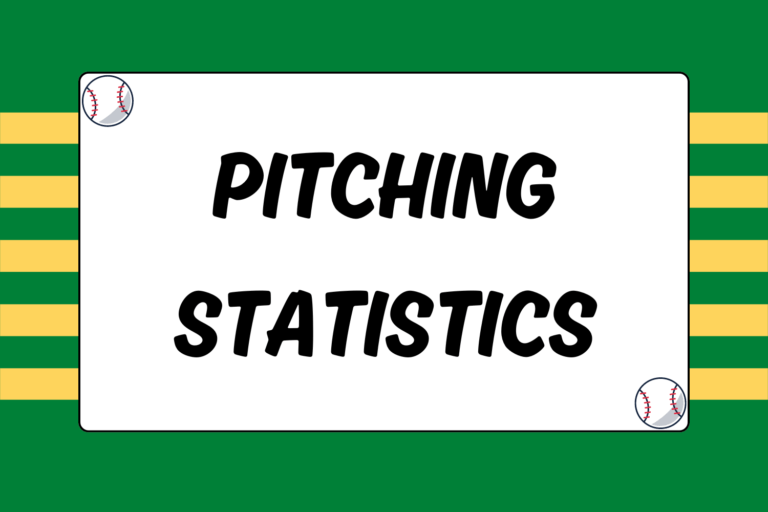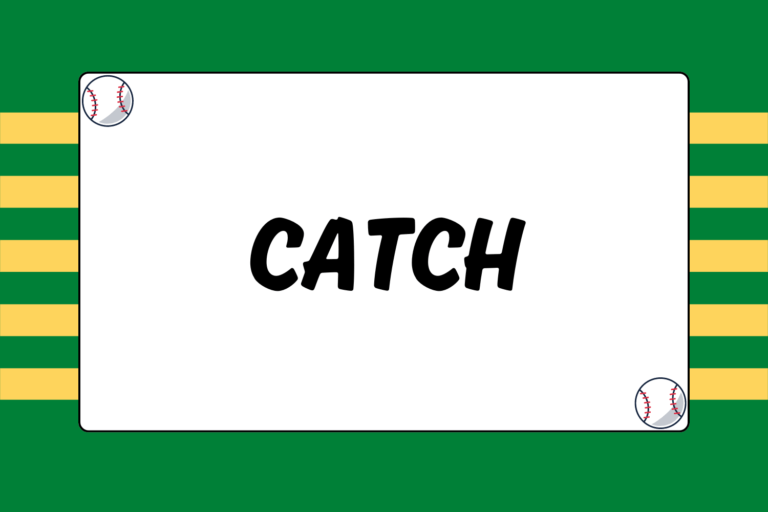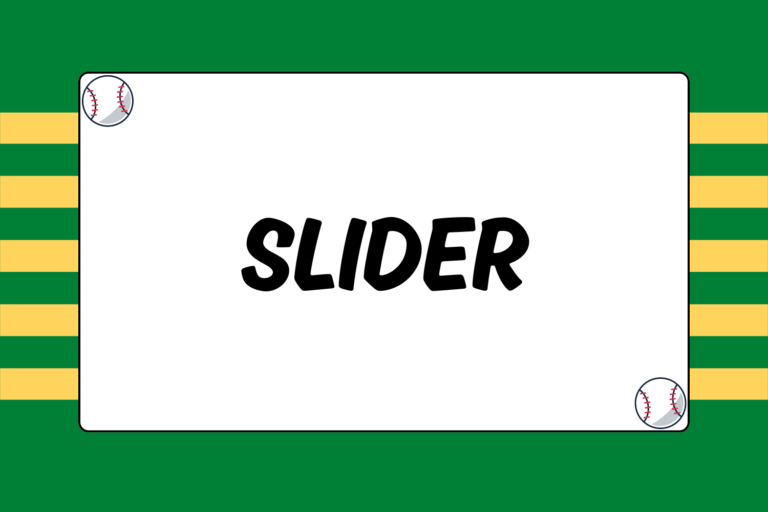Many baseball coaches state that a good fastball with movement is the best pitch in the game. If this is the case, then a change-up is the second-best pitch. And despite any infatuation that some young players may have with breaking balls, a change-up should be the second pitch that any young pitcher learns to throw.
Hall of Fame Major League Baseball pitcher Warren Spahn famously said: “Hitting is timing. Pitching is upsetting timing.” The change-up is so useful because, when thrown correctly, it upsets a hitter’s timing more effectively than any other pitch. Believe it or not, there are pitchers at virtually every level of baseball (including the major leagues) who succeed throwing just a fastball and change-up. Read on to learn the different ways to grip a change-up and the proper way to throw it, and don’t pitch another game without adding the change to your repertoire!
Change-up Grips
The change-up is the ultimate “feel” pitch, which is to say, there isn’t just one way to throw it. Most experienced pitchers would claim that the change-up is a pitch everyone throws a little differently, so you need to tweak it until it works for you. There are, however, two basic types of change-up grips that are common throughout all levels of baseball.
Circle Change
The most popular grip is the circle change. This is achieved by holding the ball with just your middle, ring, and pinkie fingers. Where you position these three fingers on the ball is somewhat a matter of preference, but it’s common to imitate a four-seam fastball grip with your middle fingers, leaving your pinkie on the outside of the ball as a stabilizer.
This will leave your index finger and thumb relatively free. Rest both of them on the side of the ball, and bring their tips together to form a circle. Most of the ball’s weight will be controlled by your other three fingers. Be sure to hold the ball further back towards the base of your fingers, or even in your palm if necessary.
Straight Change
Some young pitchers’ hands may not be big enough to replicate the circle change grip exactly. If it’s uncomfortable, you may want to try a straight change-up grip, which involves the index finger more. There are a few different variations of this and, again, you simply have to figure out what feels best.
Four-finger:
The simplest adjustment is to use the circle change-up grip, but separate your thumb and index finger to spread the ball’s weight more evenly across your fingers and throw it more as a four-finger pitch. This is pretty common among young players learning their first iteration of a change-up.
Three-finger:
Some pitchers simply don’t feel comfortable with the circle grip and prefer to throw the change-up with just their index, middle, and ring fingers. In this case, you can place your fingers either with or across the seams — as long as you hold the ball deep in your hand, towards the base of your fingers.
Split-change:
An increasingly popular trend among more advanced pitchers is to combine a change-up grip with elements of a splitter. To do this, hold the ball with the seams pointed vertically and spread your middle and ring fingers outside of these seams. Your index and pinkie fingers are positioned on either side of the baseball and your thumb rests on the bottom. You still want to hold the ball deep in your hand to reduce the velocity. Splitting your middle fingers outside of the seams will create a tumbling action similar to a forkball (possibly with knuckleball-like rotation).
Hot Tip: Create Tail
Once you feel comfortable with your change-up grip, you can start making small adjustments to manipulate the ball’s movement. Try putting a little extra pressure on your index finger when you release the ball. This will cause the pitch to “turn over” a little bit and tail towards your arm side.
Let the Grip Do the Work
The principles behind why change-ups are effective are pretty basic: If you throw a fastball 80 MPH and a change-up 70 MPH, the hitter will have to adjust the timing of his swing, which can put him off-balance and give you an advantage. However, simply throwing the ball slower is rarely enough to fool a hitter. The key to a change-up is selling it.
Throw the change-up with essentially the same motion as your fastball. Your arm angle, arm speed, and delivery should all be the same. You want your change-up to look exactly like your fastball until your release it; don’t give the hitter any reason to expect an offspeed pitch. Because of your grip, the change-up will be slower, and in many cases it will move downward. Don’t slow down your motion in order to make the pitch slower — your grip will take care of that.
Perhaps the most difficult part of mastering a change-up is finding a grip that works consistently. For some hurlers, this is a constant work in progress. It’s fine to tweak your grip or even experiment with a new grip not mentioned above. When it comes to change-ups, there are only two rules you have to follow: Hold the ball deep in your hand (not on your fingertips), and throw it with the exact same delivery as your fastball.





